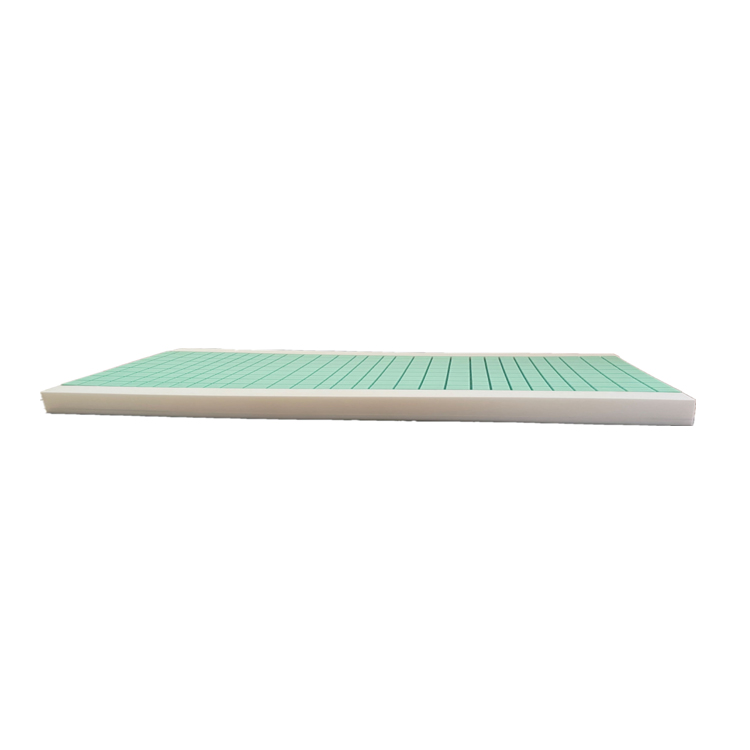Optimal Medical Bed Positions for Patient Comfort and Care
The Best Medical Bed Positions for Patient Comfort and Care
In the healthcare setting, one of the crucial aspects of patient care involves positioning. The way a patient is positioned in their medical bed can significantly influence their recovery process, provide comfort, and prevent complications. Understanding the best medical bed positions and their applications is essential for healthcare providers, caregivers, and even patients themselves.
1. The Fowler’s Position
One of the most widely used positions in medical settings is the Fowler's position. This involves elevating the head of the bed to an angle ranging from 30 to 90 degrees. This position is particularly beneficial for patients experiencing respiratory difficulties, as it enhances lung expansion and facilitates easier breathing. Additionally, Fowler's position is ideal for feeding patients and is often recommended for individuals with cardiovascular issues, as it can help reduce strain on the heart by using gravity to assist with fluid drainage.
2. The Semi-Fowler’s Position
A variation of the Fowler’s position, the Semi-Fowler’s position elevates the head of the bed to about 30 to 45 degrees. This position is commonly used for patients who are recovering from surgery or those who are at risk of aspiration (inhaling food or fluid into the lungs). The angle helps maintain airway patency and prevents complications associated with immobility, such as pressure ulcers and deep vein thrombosis (DVT).
best medical bed positions

In the supine position, the patient lies flat on their back. This is a standard position for many medical examinations and procedures. Although the supine position may seem neutral, it can lead to complications if a patient is not adequately monitored, especially in terms of circulation and pressure points. To mitigate these risks, healthcare providers should conduct regular assessments and reposition patients frequently, particularly if they have limited mobility.
4. The Prone Position
While less common, the prone position, where a patient lies flat on their stomach, has gained attention, especially in respiratory therapy for patients with severe respiratory distress. This position can improve oxygenation and stimulate lung function, particularly in cases of pneumonia or acute respiratory distress syndrome (ARDS). However, it should be used cautiously and typically requires close supervision due to the need for monitoring the patient’s airway and comfort.
5. The Lateral Position
The lateral position, where the patient lies on their side, is also essential in nursing care. This position is particularly helpful for patients at risk of aspiration and those with certain types of spinal injuries. It promotes lung drainage, reduces pressure on the back, and enhances blood circulation. Moreover, the lateral position can ease discomfort for patients recovering from surgery or those experiencing pain.
Conclusion
Proper patient positioning in a medical bed is vital for promoting comfort, enhancing recovery, and preventing complications. Each position serves unique purposes, from improving respiratory function to minimizing pressure sores. Healthcare providers must assess each patient’s individual needs carefully and adjust their positioning accordingly. By employing the best medical bed positions, caregivers can significantly improve the quality of care and contribute to better patient outcomes, ultimately fostering a more healing environment. Understanding and utilizing these positions can make a considerable difference in the recovery process, enabling patients to feel more comfortable and secure throughout their healing journey.
-
The Truth About "Orthopedic" Mattresses for Sore Back PainNewsAug.23,2025
-
Space-saving Benefits of a Single Mattress CubeNewsAug.23,2025
-
Eco-friendly Advantages of a Silicon MattressNewsAug.23,2025
-
How to Fix Sagging in a Special MattressNewsAug.23,2025
-
How Ambulance Stretcher Mattresses Reduce Pressure InjuriesNewsAug.23,2025
-
Best Cleaning Practices for a Hospital Mattress DoubleNewsAug.22,2025
-
Mattresses Designed for Back Pain ReliefNewsAug.08,2025

